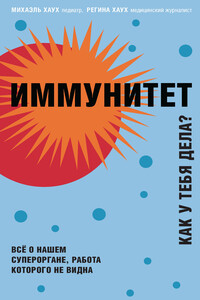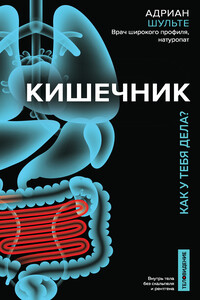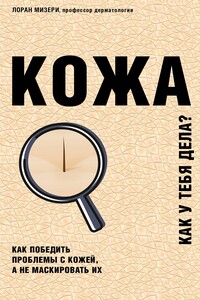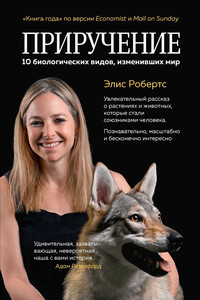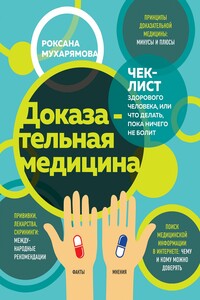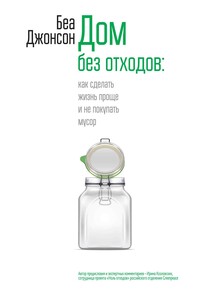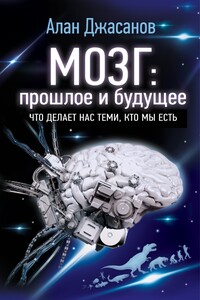Мышцы. Как у вас дела? | страница 78
34. Xuemei Sui, et al.: Cardiorespiratory fitness and adiposity as mortality predictors in older adults. JAMA 2007 Dec 5; 298 (21): S. 2507–16
35. Rao, Rajesh R. et al. Cell, Volume 157, Issue 6, 1279–1291
36. Crane, et al.: Exercise-stimulated interleukin-15 is controlled by AMPK and regulates skin metabolism and aging. In: Aging Cell (2015), 14(4), S. 625–34, DOI: 10.1111/acel.12341
37. Mikkelsson L. O. et al. (2006): Adolescent flexibility, endurance strength, and physical activity as predictors of adult tension neck, low back pain, and knee injury: a 25 year follow up study, Br J Sports Med, 40: S. 107–113
38. Masuko K., Murata M., Suematsu N., et al. A metabolic aspect of osteoarthritis: lipid as a possible contributor to the pathogenesis of cartilage degradation. Clin Exp Rheumatol 2009; 27:347–53
39. Esser, S. et al. (2011): Effects of exercise and physical activity on knee osteoarthritis, Curr Pain Headache Rep., 15(6): S. 423–30
40. Kentaro Onishi et al. (2012): Osteoarthritis: A Critical Review: Crit Rev Phys Rehabil Med., 24 (3–4), S. 251–264)
41. Kristin Baker et al. (2001): The efficacy of home based progressive strength training in older adults with knee osteoarthritis: an randomized trial. In: Journal Rheumatology, 28, S. 1655–1665
42. B. W. Penninx et al. (2001): Physical exercise and the prevention of disability in activities of daily living in older persons with osteoarthritis. In: Archives of Intern Med., 2001, 161, S. 2309–2316
43. Fabiana Benatti, et al. (2015): Exercise as an anti-inflammatory therapy in rheumatic diseases – myokine regulation, in: Nature Review Rheumatology 11, S. 86–97
44. Richard Deyo: Low-Back Pain: Scientific American, August 1998
45. Heinz Heckhausen, Peter M. Gollwitzer: Thought Contents and Cognitive Functioning in Motivational versus Volitional States of Mind. In: Motivation and Emotion. Band 11, Nr. 2, 1987, S. 101–120, DOI: 10.1007/BF00992338 Die „Rubikon-Theorie“ der Motivation spielt auf eine Redewendung an. Die Metapher „den Rubikon überschreiten“ bedeutet, sich unwiderruflich auf ein Risiko einzulassen. Ursprung für diese Metapher war Cäsars riskantes Vorgehen während des römischen Bürgerkrieges (49 v. Chr.) Er überschritt mit seinen Truppen bei Ravenna den Fluss, der heute auf Italienisch „Rubicone“ genannt wird, in Richtung Süden, also Rom. Das bedeutete eine Kriegserklärung an den Römischen Senat, das heißt die römische Republik. Cäsar gewann und wurde römischer Alleinherrscher.
